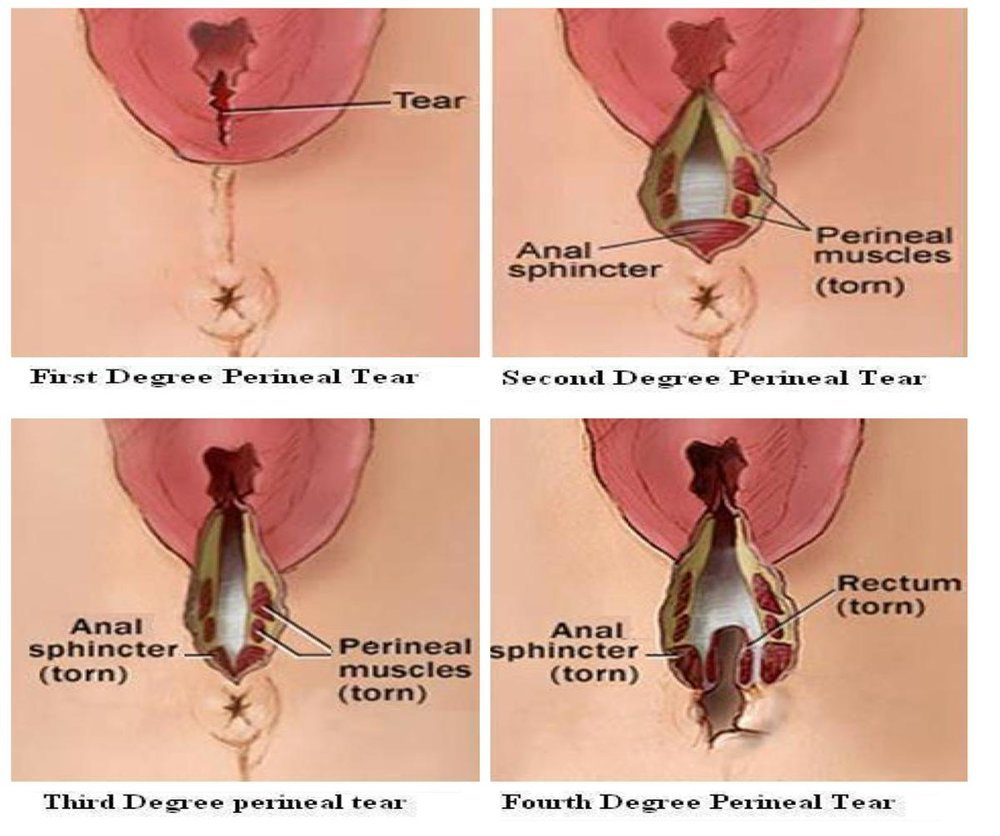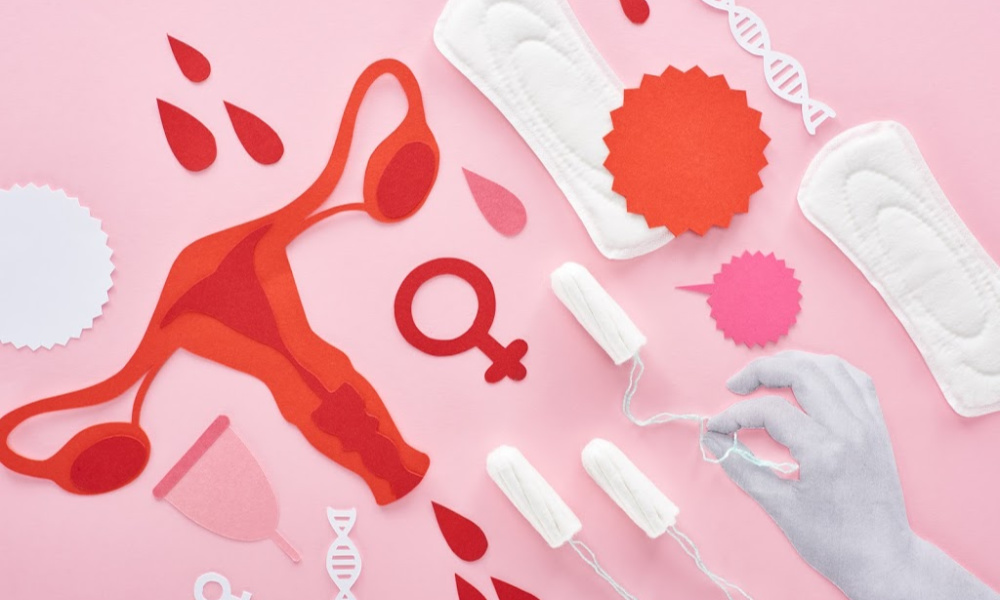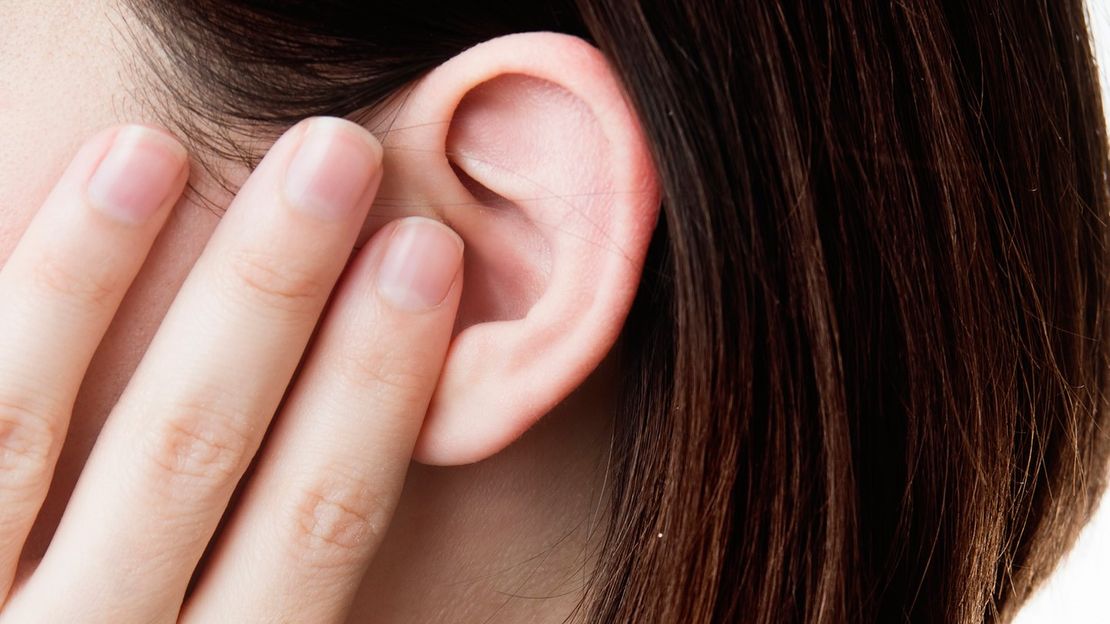2nd Second Degree Tear Episiotomy What To Expect Frequently Asked Questions
In traditional times, episiotomy tear or perineum tear was readily considered as a routine during childbirth. An episiotomy tear tends to allow the baby to pass quickly as it makes the passage more significant. It was previously thought that an episiotomy aids with the delivery, and helps a woman heal better than acquiring a natural tear during birthing.
However, now researchers believe that an episiotomy tear gives opposite results of what was initially thought of. An episiotomy tear is not natural, so it takes longer to heal, leaving a woman uncomfortable for a longer time. For this reason, an episiotomy tear is not a routine procedure now.
Pregnancy comes with several challenges. From the minute a woman conceives, she is entitled to various body changes throughout her pregnancy. Also, including the side effects that come with pregnancy. All these physical changes make a woman exhausted and even irritable during her pregnancy.
The period of gestation, labor, and even postpartum is tough and takes a toll on a woman’s body and health. At the time of labor, a woman has to go through another series of traumas and pain to bring her child into the world. Labor is ever easy. Either it is through the natural way, or it is a C section. It is an ordeal for a woman until her baby has been born and placed on her chest.
Labor brings another set of issues. It can be long labor with several episodes of painful contractions and tremendous efforts of pushing the baby out. Or, it can even be short labor with spontaneous delivery and less painful contractions.
Many deliveries even become complicated. In such deliveries, there is a high chance of mortality of either the mother or the baby. On the other hand, when vaginal deliveries become of high risk or impossible, then a doctor converts the delivery into a C section without further complicating the case.
Labor is a crucial time both for the doctor and the woman. It is not an easy task, and it can leave a woman with many scars and side effects if she is not taken care of properly.
There are many factors that a woman has to keep in her mind when she goes into the delivery of what will happen to her body after she has delivered her baby. Many elements can make up labor. A woman is put under spinal anesthesia during a C section that numbs her body from down her back.
Getting injected in the back is not painless. Many women may suffer from backache for a long time after having spinal anesthesia administered. Similarly, going under the knife means a wound that increases the risk of infections, and even if no contamination occurs, a woman is left with a scar on her lower belly.
The same is the case with vaginal delivery, which is not much different. During vaginal birth, a woman has to push a baby through her vagina. Since the vagina has to stretch a lot to allow the baby’s head to pass through, it makes the vagina less elastic after the delivery.
Plus, a fetus with a large-sized head can tear the vagina and cause immense pain to the woman. Or if a doctor knows that it may be hard for the mother to push the baby out of her vagina, she may administer a cut on the vagina’s opening with the mother’s consent to push the baby out. In medical terms, this cut is known as an episiotomy or tear.
In this article, we will talk about the side effects of episiotomy tear . How it affects a woman, and if it is better to get an episiotomy tear or not. Continue reading the article below to get all your questions answered. Remember, you are not alone in this.
What are the reasons to get an episiotomy?
The main reason for administering an episiotomy is to make room for the baby to pass. Nevertheless, it is not recommended anymore, and even if it is done, it is only done on special occasions. For instance, if the baby’s shoulder got stuck in the mother’s pelvis, it becomes a must for a doctor to make an incision to promote the delivery of the shoulder. The same is the case if the baby is in an abnormal position.
Similarly, if the baby is not coming out or the mother has failed in pushing vigorously, subsequently, it becomes necessary to give an episiotomy. This way, the doctor can use forceps and a vacuum to facilitate labor.
On the other hand, an episiotomy becomes crucial when the baby’s heart rate is dropping. In such cases, the doctor will take immediate measures to bring the baby out before any complication occurs; hence, the incision will permit the baby to come out quickly.
If the doctors fear that a woman may receive an extensive tear during delivery because her baby is larger than average, they will give an incision in such cases.
Types of episiotomy:
Most of the time, doctors have two planes in which they make an incision. A midline incision is widely practiced in the West, while a mediolateral cut is preferred in other countries.
Midline episiotomy
A midline episiotomy is an incision made right from the middle of the vagina’s opening straight down towards the anus. The main reason why it is done is that a midline incision promotes better healing with little discomfort and lesser pain during sexual intercourse. Also, there is less blood loss with midline incisions.
On the contrary, a midline incision comes with higher risk to the anal muscles. If there is a tear in the anal muscles, it will lead to long-term complications like fecal incontinence and the lack of control over defecation.
Medio-lateral episiotomy:
The incision point starts from the center of the vagina’s opening and ends sideways along a 45 degrees plane towards the buttocks. The only advantage of this type of incision is to avoid the tearing of the anal muscles.
All the disadvantages are the opposite of the advantages of a midline incision. It results in a long, painful recovery and uncomfortable healing and a lot more bleeding than a midline incision. Plus, it hinders sexual intercourse and can cause severe pain.
How much severe can an episiotomy tear get?
The severity of the incision depends on how deep and lengthy it is. It is classified according to four degrees of episiotomies:
First Degree Tear Episiotomy :
A first-degree tear involves the delicate lining of the vagina and does not go deeper into the underlying tissues.
Second Degree Tear Episiotomy :
A second-degree tear is most commonly practiced that involves a deeper incision into the vagina’s tissues and the vaginal lining. It does not include the rectal muscles or anal sphincter.
Second Degree Perineal Laceration
An episiotomy is a surgical tear that a doctor makes in the perineal region during delivery time. The perineum is the region between the opening of the vagina and the anus that includes tissues and the pelvic floor muscles.
Third Degree Tear Episiotomy :
A third-degree tear is made through the lining and tissues of the vagina and a small part of the anal sphincter.
Fourth Degree Tear Episiotomy :
The deepest incision includes all four tissues: vaginal lining, vaginal tissue, rectal tissues, and anal sphincter. Unsurprisingly, this kind of incision takes the longest to heal.
As the severity goes down the degree, the chances of infection increase, and the discomfort and pain while healing is prolonged.
Postpartum Insomnia Depression Causes -11 Sleep Tips For New Moms
What is the procedure of getting an episiotomy?
An episiotomy procedure starts with the administration of local anesthesia injected into the vaginal wall. This will keep the mother from experiencing pain from the cut or the stitches.
A doctor makes an incision when the baby’s head has stretched the vaginal lining, making it easier for the doctors to identify the lining and mark the starting point. The doctor will place two fingers to create space between the baby’s head and the incision point to protect the baby from harm and apply gentle pressure to prevent the baby from abruptly coming out after the incision is placed.
Once the incision is made and when the baby is delivered, the doctor will carefully examine the cervix and the vagina for any injuries or extensive tearing. After a complete examination, the wound is cleaned with sterile water and closed with surgical sutures absorbed in the body and do not require removal.
There is a different suture used for every tissue. The vaginal lining is closed with an extremely thin suture while the anal sphincter is closed using thicker and stronger stitching as it is a muscle, and muscles need a longer time to heal. The stronger the suture, the later it will get absorbed in the body.
How To Heal Stitches After Birth Episiotomy / Perineum ?
Several ways can aid in faster healing of the wound. The most crucial part is to stay away from infection and to prevent it at any cost.
- Regularly washing the region with warm water and soap
- Using peri bottle to clean the area instead of a toilet paper is harsh against the skin and may hurt the tender region
- Regularly performing Kegel exercises to strengthen the pelvic floor muscles
- Intake of food rich in fiber and a balanced diet and loads of fluids to promote improved bowel habits and movement and prevent constipation
- Take stool softeners to avoid defecation of hard stool that may hinder with regular healing
- Take painkillers when the wound is hurting which only means it is healing
- Regularly doing a sitz bath that encourages hygiene and faster healing. One can do this by filling a bathtub with water and adding soap. Epsom salt also has excellent benefits when added to the water. Sit in the water for 15 minutes. Repeat this for at least 2 to 3 times a day. Sitz bath helps with keeping the area clean.
Postpartum Hemorrhage Nursing Diagnosis-Risks-Care Plan-Management
How effective is it to get an episiotomy?
It mainly depends on the cause at the time of labor. Over time, doctors have realized that an episiotomy is not as effective as previously thought, which is why it is reserved for a limited number of cases where there is no other option but to administer an episiotomy. It is because a natural tear would not happen, and it is wise to put a cut and consider delivering the baby, first.
Is episiotomy better than a natural tear?
A natural tear is a spontaneous tear in the tissue during childbirth, while a doctor makes an episiotomy. Natural damage heals faster than an episiotomy and leads to lesser discomfort. In other words, doctors may allow a natural tear to occur rather than give an incision in most cases as it is safer.
What are the risks involved with episiotomy?
The most common risk factors are the infection that can lead to many complications. Other risk factors include tearing of the anal sphincter to such an extent that renders a woman to life-long problems in defecation and control of her anal muscles. This leads to fecal incontinence that has its issues and treatment.
After how long will an episiotomy wound heal?
It usually takes less than a month for a wound to heal. Though, it primarily depends on the degree of the tear given. The higher the degree, the longer the time it will take to heal. At the most, a tear should improve within 2 to 3 weeks, provided that no complication has occurred in the wound. Also, the stitches absorb on their own, and a woman does not have to see a doctor get them removed.
An infection may severely hinder the early healing of the tear.
How to prevent the wound from getting infected?
The most common prevention method is to keep the area clean and dry and prevent it from getting infected.
However, if the wound site has a discharge and gives off a bad odor, then a woman must promptly visit her doctor and check.






